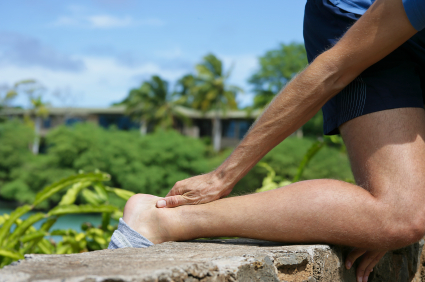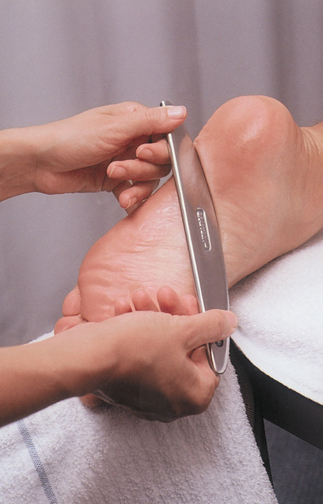
When the band of tissue that connects the calf muscles to the heel bone becomes swollen, this may cause a condition known as Achilles tendinitis. The main cause of the inflammation is repetitive strain on the tendon and calf muscles. Running injuries, sport-related injuries and intense exercises have been cited as some of the common causes of Achilles tendonitis. Although treatment of this condition is typically rest and ice, more serious cases may require medical treatment to help in the recovery of the damaged tissues.
Symptoms of Achilles Tendinitis
The inflammation of the Achilles tendon is typically accompanied by pain that worsens over time during or after physical activity. Pain and inflammation usually means there is some tissue damage. You may also experience a mild ache in the back of your leg and around the heel bone especially after running or strenuous exercise. Other times, you may experience episodes of intense pain when climbing stairs. In the morning, you are likely to experience tenderness and stiffness that is relieved after a few minutes of light physical activity. In some cases, you may develop a visible "bump" or swelling on the surface of the Achilles tendon. When you move or touch the tendon, a crackling or creaking sound may be heard. Another symptom of Achilles tendonitis is sluggishness and weakness of your lower leg.
Self Treatment of Achilles Tendinitis
Treatment of Achilles tendonitis may require several approaches to achieve full recovery. Here are things you can do on your own to alleviate the pain and swelling.
- Apply an ice pack over the painful area after exercise.
- Over the counter non-steroidal anti-inflammatory medications may be helpful to reduce the pain and swelling.
- Avoid strenuous exercises and sports activities that could further stress the calf muscles and the Achilles tendon.
- You should engage in mild exercises to help blood circulation and reduce pain.
- Wraps and compression bandages may also help in reducing pain and swelling.
- REST. When you rest, this allows the damaged tissues to begin healing.
If you experience severe pain and inflammation or the condition does not improve, you should consult a doctor for a full evaluation. If your Achilles tendon is torn or ruptured, it would require urgent treatment such as surgery. In most cases, your achilles tendonitis can be treated with chiropractic treatments, physical therapy, injections or orthodic devices.
 Chiropractic Therapy
Chiropractic Therapy
Chiropractic treatment of Achilles tendonitis includes mobilizing stiff joints, muscles and tendons in the foot and ankle that puts strain on the achilles tendon. Graston Technique, therapeutic ultrasound, and specific exercises are used to help with the treatment. The purpose of chiropractic treatment is to ensure normal body mechanics to avoid injury from repetitive strain and overuse.